Stalingrad
In the spring and summer of 1942, the German troops advanced towards Caucasus and the German army staff with Hitler in the lead wanted to defeat the Soviet Union before the United States began to engage in the war on the European continent. Hitler understood that as long as the Soviet Union and Britain were not defeated, the risks of the US also engaging militarily in Europe increased, therefore it was urgent to defeat the Soviet Union. In 1942, the German offensive was directed south towards the oil fields of the Caucasus and along the way was Stalingrad. A city that not only bare Hitler’s nemesis, Josef Stalin’s name, but also a very important industrial city and the conquest of Stalingrad would open up the way to Caucasus. However, the German offensive in the spring of 1942 was delayed by the siege of Sevastopol in Crimea, where the Soviet defenders offered fierce resistance. The German offensive against the Caucasus (Operation Blau) did not start until the end of June 1942. Then the units from Crimea joined the army group South, which was commissioned to conquer the Caucasus. But Hitler wanted to achieve two goals at the same time and therefore split the army group into two units, army groups South A and B. Army Group A continued southward towards the Caucasus, while army group B was ordered eastward towards the Volga and Stalingrad. This would prove to be a fatal mistake.
The attack on Stalingrad began on August 21, 1942, with intense bombing of the city that quickly turned into a heap of ruins. The Soviet union had through their military intelligence known since July that the germans intended to attack Stalingrad and had therefore strengthened the defense of the city. Stalin had banned civilians from leaving the city and ordered them to set up defense facilities among the ruins. This made the use of armour impossible and close battles were fought among the ruins from house to house, floor to floor, apartment to apartment and room to room. The city was also protected by the Volga River on its western shore. No matter how the Germans tried, they never managed to conquer the city and it did not get easier when winter struck. Temperatures below 30 degrees were common. This affected the morale of the German troops hugely who were not at ease fighting a war long long way from home. The Red army, on the other hand, welcomed the winter and had the moral advantage of defending what was theirs at home.
During the autumn, the Red army carried out counter-offensives against the German forces and surrounded the vulnerable german sixth army, who were told by Hitler to hold out to the last man. The Germans found it difficult to support the Sixth army and when the conditions to continue fighting became nonexistent, the Sixth army commander, field marshal Friedrich Paulus, surrendered on February 2, 1943. Some 90,000 German soldiers were taken into Soviet captivity. These prisoners of war faced a highly uncertain future. When the last German prisoners of war were released in 1955, only about 6,000 of them returned. A total of about 700,000 soldiers died on the German side during the Battle of Stalingrad. Stalingrad was the first major defeat for the Germans and henceforth it was no longer Hitler who set the agenda where, when and how the war would be waged. Whether the battle of Stalingrad was the turning point in the war or not can be discussed, but the symbolic and political value of the battle there is no doubt.
Current status: Rebuilt with museums/monuments (2019).
Address: Ulitsa Imeni Marshala V.i. Chuykova, 47, Volgograd (panorama museum).
Get there: Metro to Lenin Square Station.
Follow up in books: Beevor, Antony: Stalingrad: The Fateful Siege, 1942-1943 (1998).
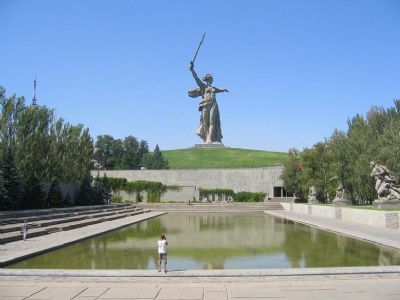









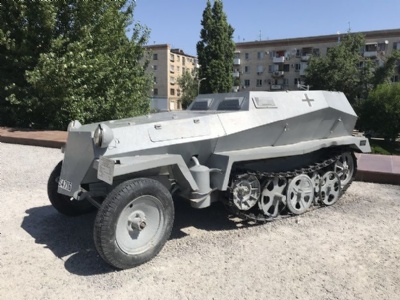

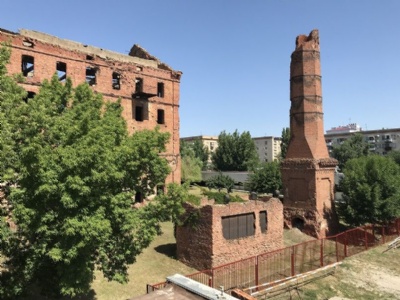


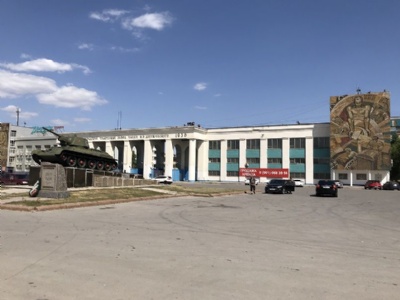










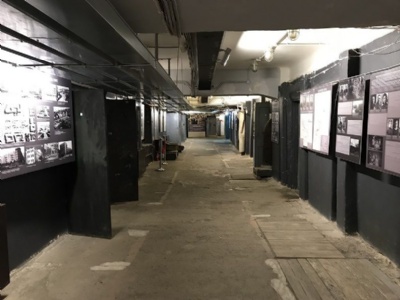















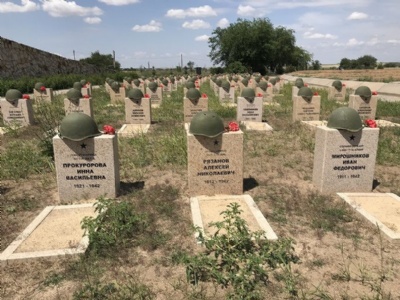


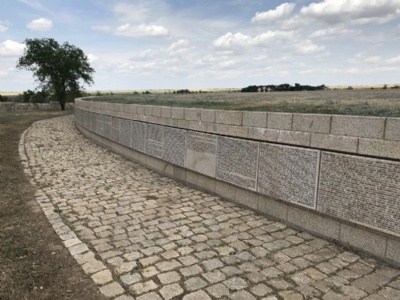

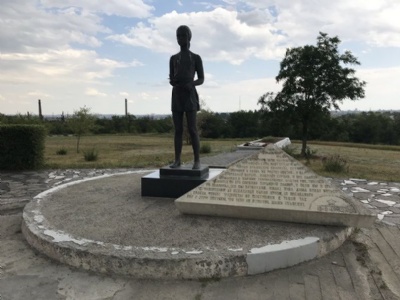

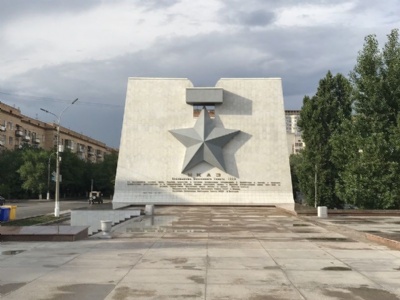
Few cities and military battles, if any, is so associated with the Second World War as Stalingrad. The battle has become the symbol of the turning point of the second world war and that it was there that the Germans once and for all lost the initiative in the war. After Stalingrad Germany’s main task was to defend conquered territory rather than conquering territory. The city was rebuilt after the war, but the battle has more than anything else left its mark on the city and given the city its immortal place in history. For the military historically interested, it is a heaven to visit the city, which since 1961 is called Volgograd. There are everything from grandiose museums and monuments to less worn monuments both in and outside the city. Common to all of them is that they shine with a deliberate and clear patriotism and heroism where there is no room for objectivity and subjectivity. It is clear that the city is extremely proud of what has made it immortal and they are keen that it should also remain so, and who can blame them for that?
The two largest and most famous sites are the Panorama Museum and the Mamayev Kurgan. The first is an impressive and lavish museum on the banks of Volga and the second is the place where the hardest and most bitter fighting was fought. Both places are central points in the landscape and are also easy to reach by public transport. It is difficult not to be struck by the pride that the places are characterized with. In addition to these two places, there are several places both in and outside Volgograd, places that in a way were Battles in the Battle, the Tractor factory, Grain Elevator, Pavlov house, Lydnikov Island, Paulus’s headquarter (museum) etc. Add to that all the smaller monuments that are placed along the city. Outside the city is Lysaya Gora, Pyatimorsk, Soldier Field, Pitomnik Airport, Rossoschka war cemetery, 64th army headquarters (where Paulus was interrogated after capture) etc.
For those who really want to explore the battle need to set aside at least five full days. Within Volgograd it is easy to get around by public transport at no cost at all. Outside the city, a car is a prerequisite and I suggest that you talk to the hotel so they can help with transport to what you want to see. When I was there in June 2019, the hotel arranged transport for about 600 SEK for a half day. Much better to do so than to hire one of the specialized companies that take shamefully outrageous prices to transport around and milk tourists for money. Try to find out as much as you know about what you want to see. Drivers hardly know of obscure places such as the house where Paulus was taken after the surrender. You save a lot of time (and money) to be prepared.
Traveling to Volgograd is also no problem, it becomes what you make out of it. Russia may sound a bit scary and complicated, but it is not more complicated or dangerous than anywhere else I have visited. Again. To travel to Russia you need a visa and to get to Volgograd you first fly to Moscow and then domestic flights to Volgograd. English is not too widespread but in hotels and restaurants there is always someone who speaks decent English. Traveling by commuter train is easy and smooth and takes you to all the sights within the city. Hotels and restaurants are of good quality and is much cheaper than what we are used to in Western Europe.